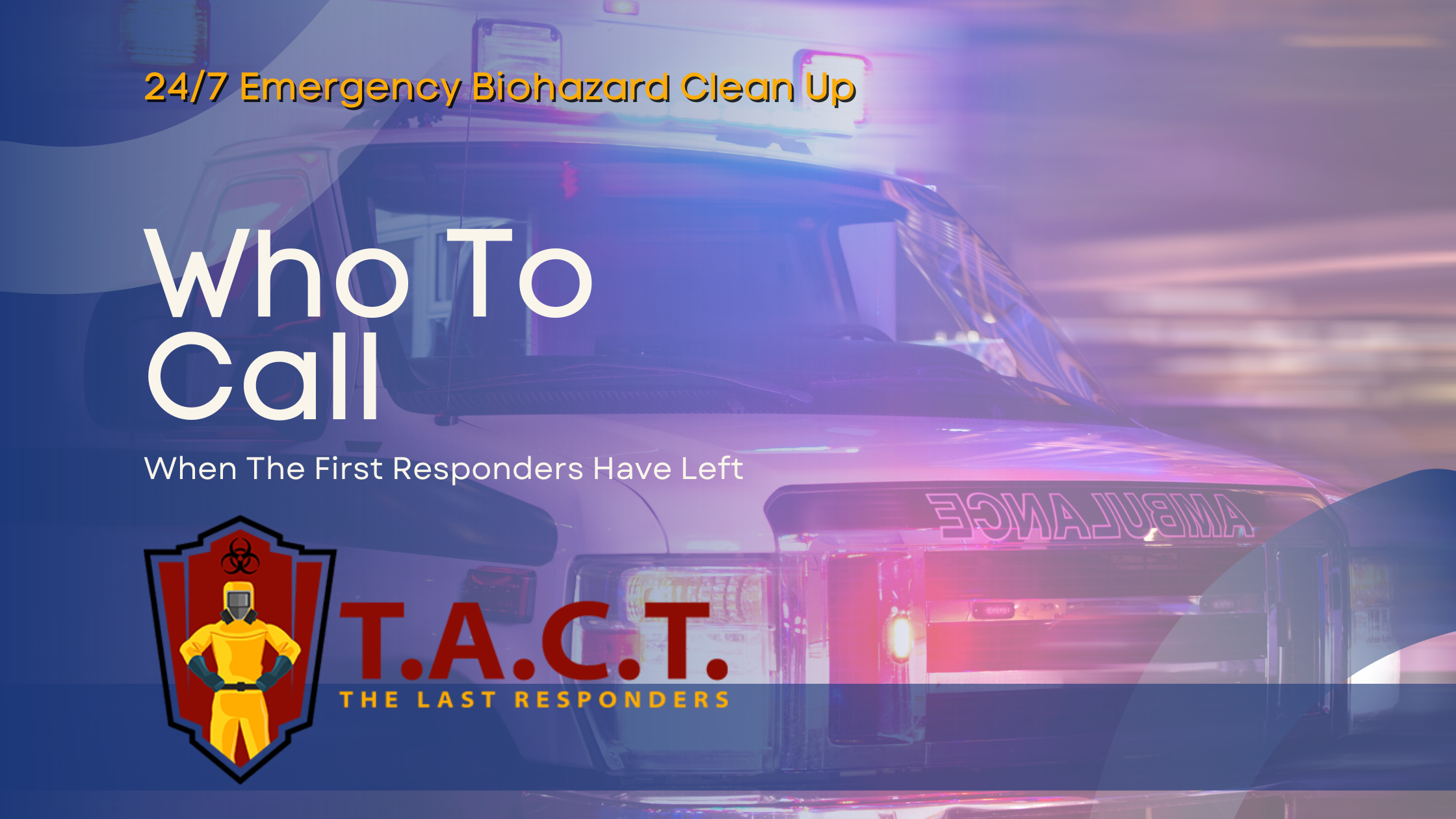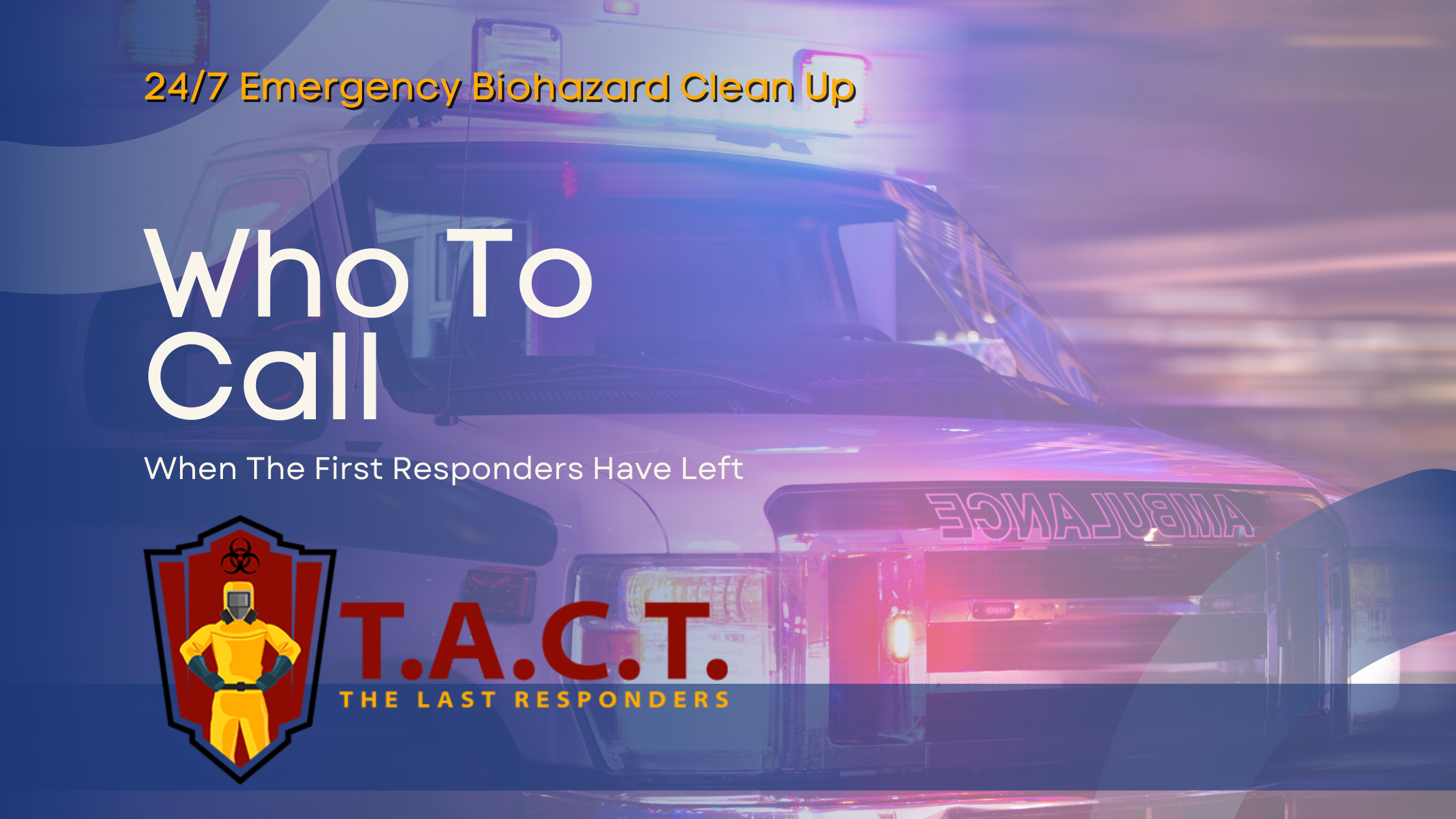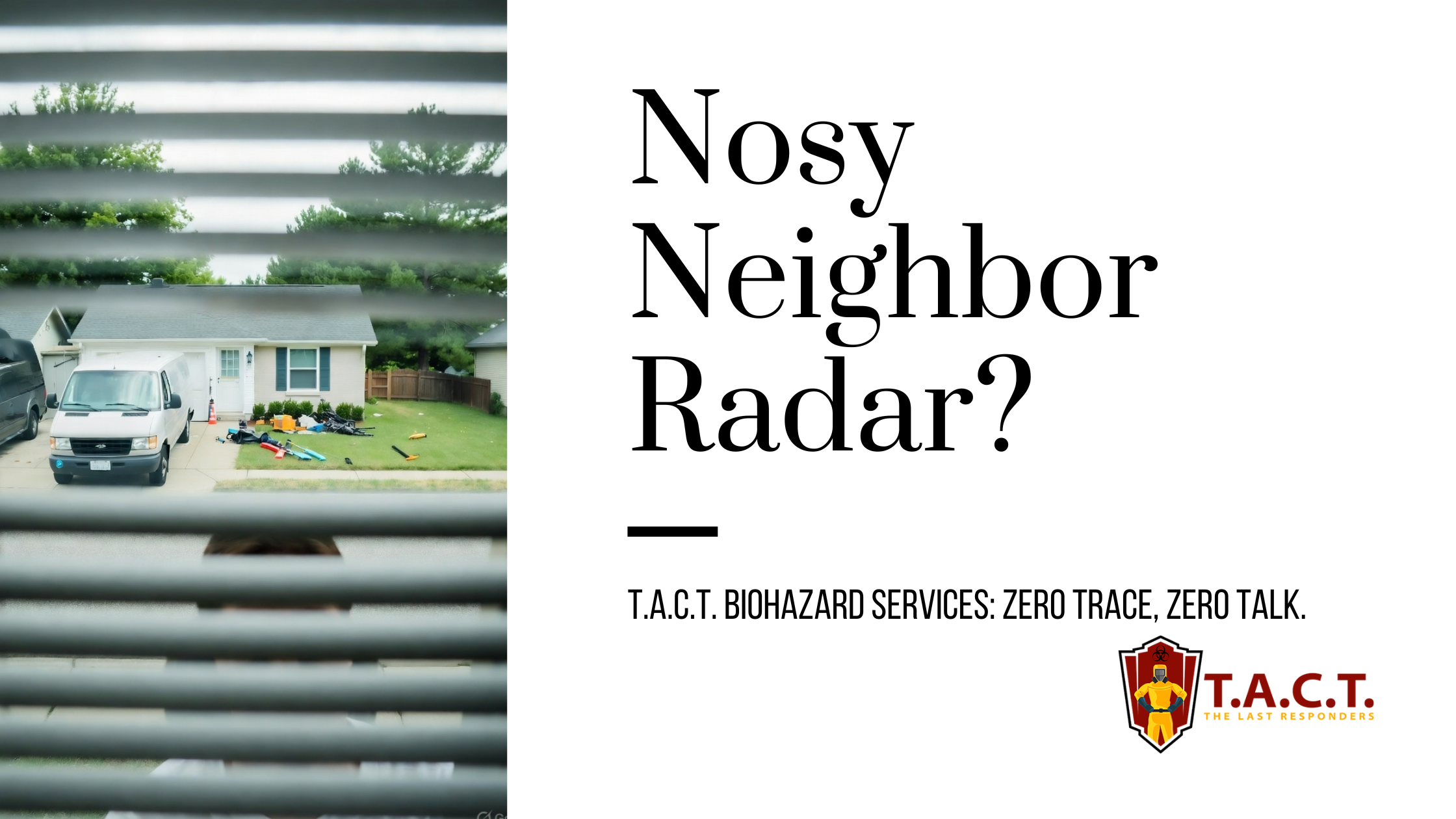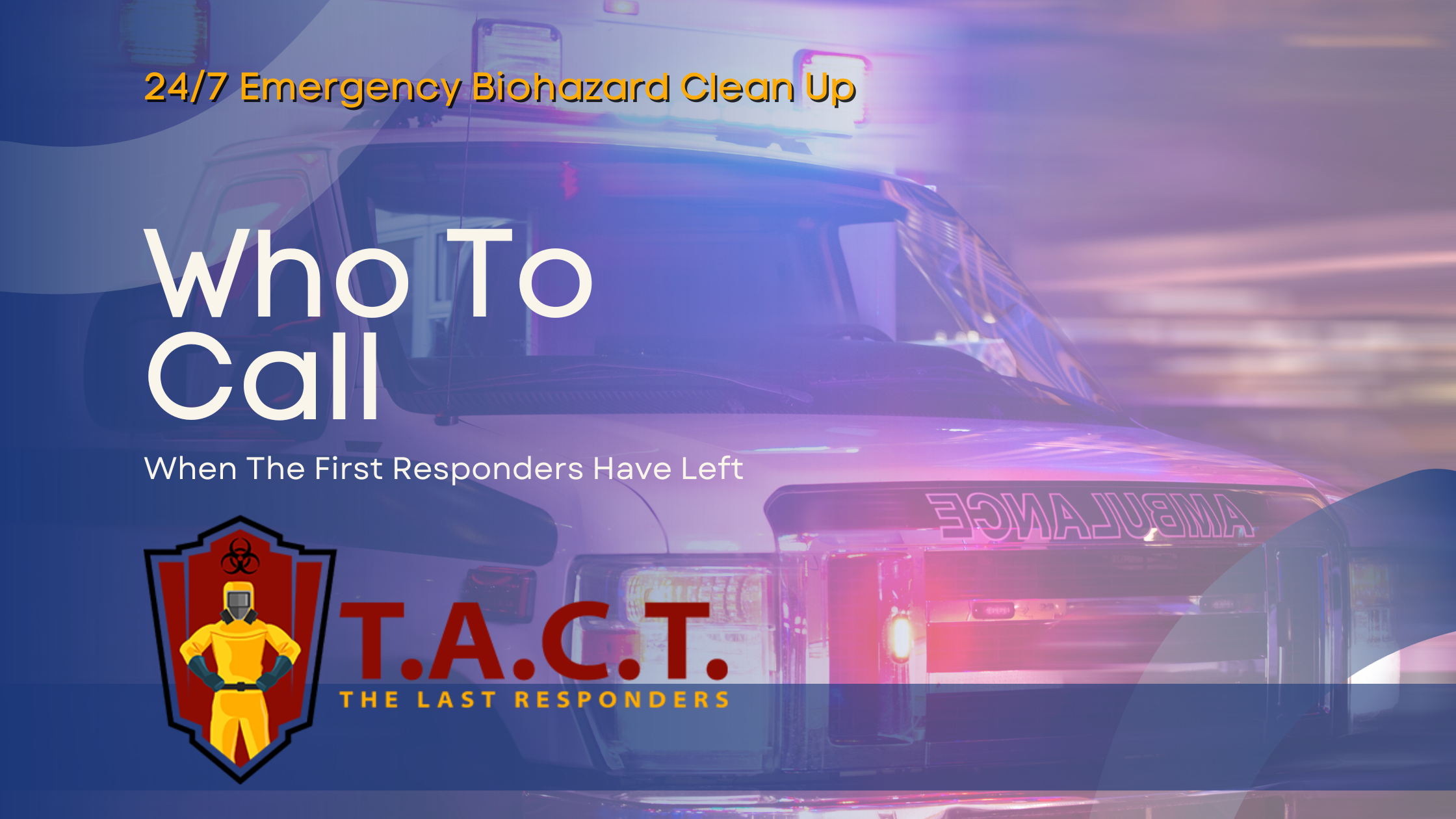Guide to rodent droppings

Rat Poop Picture: Essential Guide to Rodent Droppings
Dealing with rodent infestations can be a daunting and distressing experience for any homeowner. Rodents like rats, mice, and squirrels not only invade your space but can also pose significant health risks. One of the clearest signs of a rodent problem is the presence of droppings. Understanding how to identify and manage rodent droppings can give you the upper hand in addressing infestations quickly and safely.
It is important for homeowners to realize the potential health hazards posed by rodent droppings and the necessity of taking prompt action to protect their household.
At TACT North Atlanta, we specialize in providing expert pest control services to help homeowners regain peace of mind in these challenging situations. This guide will walk you through everything you need to know about rodent droppings, types of infestations, and how to address them. Before proceeding, be aware of the risks involved and ensure you follow proper procedures when dealing with rodent infestations.
Characteristics and Identification
Recognizing rodent droppings is often the first step in diagnosing a rodent issue. Using photographs, pictures, and images can greatly help homeowners identify rat poop and distinguish between different kinds of rodent droppings. Photos are especially useful for visual identification, making it easier to tell the difference between rat, mouse, or squirrel feces.
Here are the key features to look out for when trying to identify the kind of rodent based on their droppings:
Shape and Size
Rodents leave droppings wherever they travel, making them an obvious indicator of infestation.
Rat droppings are typically dark brown to black in color, about ½ inch long, and shaped like a curved sausage. These droppings are often found near attics, along walls, or in trees.
Mouse droppings are much smaller, cylindrical, and often compared to grains of rice. Mouse poop can look similar to rat droppings at first glance, but it is noticeably smaller and more pointed at the ends. Because of their similar appearance, mouse poop is sometimes confused with rat droppings, so it's important to note the size and shape differences. You’ll usually find mouse droppings in areas where food is stored or near small entry points.
Fresh vs. Old Droppings
Knowing how to differentiate between fresh and old droppings can help determine the level of infestation.
Fresh droppings appear darker and are moist to the touch.
Old droppings lighten in color and become brittle over time.
Health Risks
Rodent droppings are more than just unpleasant; they pose serious health risks, including the transmission of diseases. Feces from rats and mice, specifically rodent feces and rat feces, can carry conditions like hantavirus and salmonella. This makes proper handling and disposal of rat waste and other waste crucial. Always wear gloves, use disinfectants, and avoid direct contact with droppings to minimize exposure to harmful pathogens. Rat waste can transmit dangerous diseases, so proper cleanup and disposal of all waste is essential to reduce health hazards.
Identifying droppings correctly can reveal not just the type of rodent, but also the level of infestation.
Types of Rodent Infestations
Rodent infestations come in many forms, depending on the type of pest involved. Different species of rodents, such as roof rats and Norway rats, can infest various parts of a building, including attics, crawlspaces, and foundations. Identifying the specific species present and thoroughly inspecting the building for signs of infestation, like droppings and entry points, is crucial for effective control. Knowing the differences can help in implementing the right solutions.
Rat Infestations
Two common types of rats cause infestations in North Atlanta homes:
Roof rats, known for their ability to climb, often leave droppings in attics and trees.
Brown rats, or Norway rats, frequently create burrows at ground level or under buildings. Their droppings are larger, darker, and uniquely shaped, typically found along paths they travel.
Mouse Infestations
Mice tend to nest in confined spaces such as under appliances, inside walls, or in pantries. These rodents leave smaller droppings and often multiply rapidly. House mice and field mice are the most common culprits in homes. Their presence can be detected through chew marks, scratching noises, and tiny fecal pellets.
Squirrel Infestations
Though less common than rats and mice, squirrels can also invade homes, especially in attics or surrounding trees. Droppings from squirrels are larger and lighter in color compared to other rodents, and their scent is mild and earthy, unlike the strong, musty odor of rat droppings. Squirrels are more active during the day, which can help homeowners identify the source of droppings. Their nests are usually found high in trees or tight corners of attic spaces.
Why Identifying Infestation Types Matters
Each type of infestation requires a tailored approach. For instance, bait traps for rats differ significantly from those effective for mice. Professional pest control services like TACT North Atlanta have the expertise and tools to address a wide range of infestations effectively and safely. Utilizing a comprehensive service ensures that homeowners can rid their property of rodents and related health hazards efficiently.
Managing and Preventing Infestations
Dealing with rodents is a multi-step process involving immediate action, proper cleanup, and long-term prevention. It is essential to decontaminate affected areas after rodent removal and ensure proper air circulation during cleanup to reduce the risk of airborne contaminants. Here’s a breakdown of strategies to eliminate and prevent rodents in your home.
Seal Entry Points
Rodents can squeeze through surprisingly small openings. Conduct a thorough inspection of your home’s exterior and seal gaps or cracks around pipes, vents, and door frames. Use steel wool or caulking to block potential entryways.
Trap and Remove Rodents
Trapping is one of the most effective ways to manage an infestation.
Use traditional snap traps or humane traps based on your preferences.
Place traps near droppings or along well-traveled paths such as baseboards or behind appliances.
When handling traps and droppings, always wear gloves and follow proper sanitation practices to reduce the risk of disease transmission. It is also important to use the right tool, such as a scooping tool or similar device, to safely handle traps and remove droppings without disturbing contaminated material.
Clean Up Droppings Safely
Proper cleanup not only eliminates visible signs of infestation but also reduces lingering odors that could attract more pests.
Wear disposable gloves and a mask to protect against airborne particles.
Double-bag rodent poop in sealed plastic bags.
Disinfect the affected area thoroughly with a solution of bleach and water. Do not use a broom or vacuum to clean up rodent poop, as this can spread harmful particles and increase the risk of disease transmission.
Maintain Cleanliness
Rodents are drawn to food and shelter, so keeping your home clean is essential.
Store food in airtight containers.
Regularly dispose of garbage.
Avoid leaving pet food out overnight.
Seek Professional Help
While DIY measures can address minor infestations, severe or repeated issues often require professional intervention. Homes without pets may be more vulnerable to rodent infestations, so it's important to consider the presence or absence of pets when evaluating pest risks. TACT North Atlanta specializes in rodent control for homes and businesses. Our team uses advanced tools and proven techniques to remove rodents, clean contaminated areas, and prevent future problems.
Why TACT North Atlanta Is Your Trusted Partner
When it comes to rodent infestations, timing is crucial. Ignoring the problem can lead to property damage, health risks, and further infestation. At TACT North Atlanta, we understand how stressful these situations can be. That’s why we ensure a professional, compassionate approach to solving pest problems.
Our expert team provides tailored solutions, from thorough inspections to effective extermination and preventive measures. With our services, you can feel confident knowing your home is safe, clean, and rodent-free.
Final Thoughts
Rodent droppings are more than a nuisance—they’re a clear warning sign that action is needed. By learning to identify droppings, analyzing infestation types, and implementing smart prevention strategies, you can protect your home and loved ones. Take steps now to break the cycle of rodent infestation and prevent future health risks.
If you’re dealing with rodent issues, don’t wait to seek help. Contact TACT North Atlanta today for reliable, compassionate, and effective pest control services, including our 24/7 Emergency Biohazard Decontamination Service. Our team is here to restore your home’s safety and your peace of mind.
Latest news

Bio Cleaning Services
Read More
Nosy neighbors peeking? T.A.C.T. North Atlanta offers discreet biohazard remediation for rodent infestations, mold, hoarding, and more. Unmarked vehicles, quiet experts, full privacy—24/7 service at 470-781-4775.
Read More
